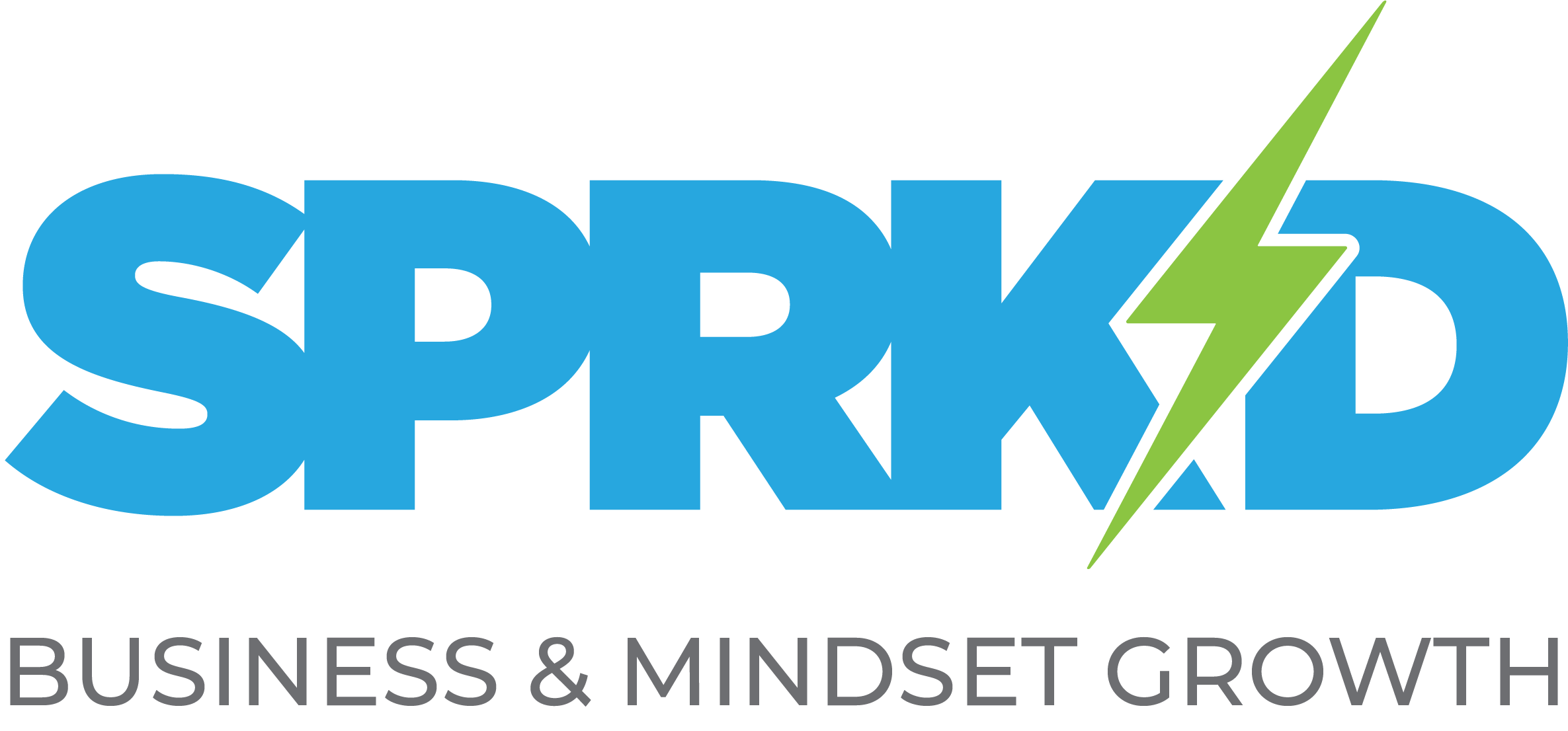Build a business you love to lead. Create the life you want.
How to Find the Right Social Network For Your Business

So, there are a bunch of social networks out there and it seems like more and more are cropping up every day. As a small business, you have the unenviable task of trying to figure out which networks your business should be on. But with all those options….how do you know which ones are the best fit for your brand.
Let’s start with a reminder that more is not always better. Your business does not need to be represented on every social network.
The goal is to be on the appropriate networks for your audience and for your brand. This is easier said than done but let’s look at ways you can determine which network is right for you.
Where is your Target Audience located?
The first question you need to ask in regards to social media is where does your audience actually spend time. What are the main social media outlets they are on?
Not sure where your customers are? The first step to figuring that out is to match your target persona demographics to each social network’s demographics.
The Pew Research Center has been researching social media usage statistics and demographic data since 2005, releasing new data as they compile it. Here is a breakdown of their most recent information.
Social Media Use Among Online Adults
Pew Research estimates, as of April 2015:
- 72% use Facebook
- 31% use Pinterest
- 28% use Instagram
- 25% use LinkedIn
- 23% use Twitter

Now let’s look a little closer at the demographic makeup of each network.
Facebook:
Usage is especially popular among women with 77% of all women online counted as users. 82% of online adults between the ages of 18 to 29 use Facebook, along with 79% of those ages 30 to 49, 64% of those ages 50 to 64 and 48% of those 65 and older.
Pinterest:
Women continue their dominance of Pinterest – 44% of online women use the site, with only 16% of online men. Those under the age of 50 are also more likely to be Pinterest users – 37%. 22% of people online over 50 are using Pinterest..
Instagram:
Instagram is continuing its popularity among non-whites and young adults: 55% of online adults between the ages of 18 to 29 use Instagram, as do 47% of African Americans and 38% of Hispanics. Additionally, women continue to be more likely than men to be Instagram users with 31% and. 24% respectively.
LinkedIn:
This platform is especially popular among working-age adults and college graduates. Users also have relatively high household incomes. LinkedIn is the only major social media platform with usage rates that are higher among 30- to 49-year-olds than among 18- to 29-year-olds. Fully 46% of online adults who have graduated from college are using LinkedIn, while only 9% of online adults with a high school diploma or less are users.
Twitter:
Internet users living in urban areas are more likely than their suburban or rural counterparts to use Twitter. 30% of online urban residents are using the site, compared to 21% of suburbanites and 15% living in rural areas. As for age – 30% of online adults under 50 use Twitter, while only 11% of online adults over 50 use the site.
Where is your audience active?
Large social media numbers doesn’t necessarily translate to huge activity. There are, for example, over 1 billion Google users, but only a small percent (35%) of registered users were active in the last month. That is a huge difference in overall users vs. user activity. Let’s look at Twitter as another example, while there are 645,750,000 profiles, only 320 million of those users are active each month, that’s just about half.
It should go without saying but, social media users need to be actively participating on these sites if they are to be of any use to you-you can’t market to someone who isn’t there to market to.
Here’s a chart of how each network compares in activity, based on the most recent data from each source.

Now you know where your target demographic is hanging out, great.
Now comes the work.
If you’re not already on some of these networks pick a few that you think fit based on the demographics and activity and start testing.

Test and Analyze Your Efforts
Don’t just blindly guess at what’s working for you, measure and observe. Include insights you get directly from customers and prospects. Some factors you should consider:
Current Profiles: Look at your existing profiles, which ones are seeing the most activity? Which ones are growing and which ones are stagnant or shrinking? Look at a variety of indicators; follower growth is not the only measurement.
Followers & Engagement: You may already be heavily in certain networks but even if you’ve only stuck your toe in the water you can start to measure your progress through a combination of follower growth and engagement. Your number of followers alone doesn’t mean much, but when combined with engagement you begin to see what’s working, where and when.
Website Traffic: You may not need to be highly active on a network for it to send traffic to your website. Look at your website analytics and evaluate whether social activity is a major driver of site visits. If you are seeing healthy activity then it’s worth looking into the relationship between that network and your conversions numbers.
Conversions: All traffic is not created equally. Traffic from social networks may be high, but if that traffic is not targeted then it is of little value. Look at the behavior once they reach your site, do they bounce off immediately, or are they reading your content and becoming customers? A detailed analysis of visitor behavior and acquisition will help determine which networks are sending you the most valuable traffic.
Content Format: Many businesses are using specific content formats that help express their culture and story in more relevant ways. If your company specializes in creating engaging videos then sites like YouTube and Vimeo will be natural choices. Look for a clear connection between the content formats you are producing and networks that feature that content the best.
Current Customers: Conversations with customers are happening all the time. Use your day to day customer dealings to gain valuable insight into how they are using social media. If you’re not sure what your potential customers are doing on social ask your current ones. Be careful not to base your entire social media strategy on self-reported data but these first-hand insights can fill the gaps that your other research may have missed.

The Big Two
Twitter and Facebook remain the two top networks on the social landscape. These two networks give you access to a tremendous potential audience. Consumers today expect businesses to have a presence on these two networks. Twitter specifically has become the network of choice for customer relations and feedback. If people are looking for you they will check these networks first. Stay active and prioritize high value, customer-focused content and always keep the broader conversation in mind.
Final Thoughts
Small businesses may not have the manpower to handle a constant, high-touch presence on four or more social networks, so take the time to assess and choose where to spend your time effectively. Study the numbers, look for your audience, and ask the important questions.
Choosing the right mix of platforms for your business is the first step to engaging in a successful social campaign. Your choices should be driven by a combination of which networks your audience spends time on, analytical data and how you best showcase your content. Once you choose your specific mix of networks harness the power of each network’s best practices to get the best ROI.
Recent Posts
UNLOCK YOUR POTENTIAL IN 30 MINUTES
👀 Seeking efficient solutions to the business, marketing, or mindset challenges you face?
🚀 Ready to take your business to the next level?
⏰ Short on time?
QuickWin Coaching is designed with you in mind. Why waste hours in lengthy coaching sessions when you can achieve remarkable results in a mere 30 minutes?




